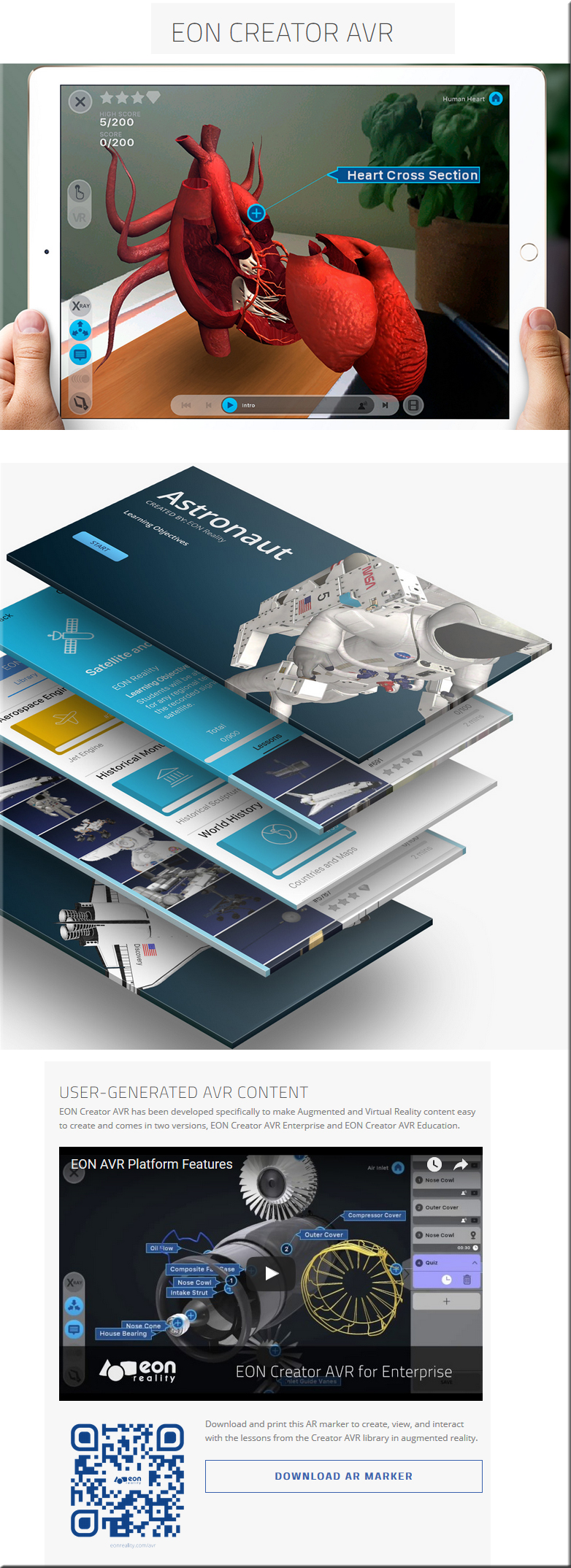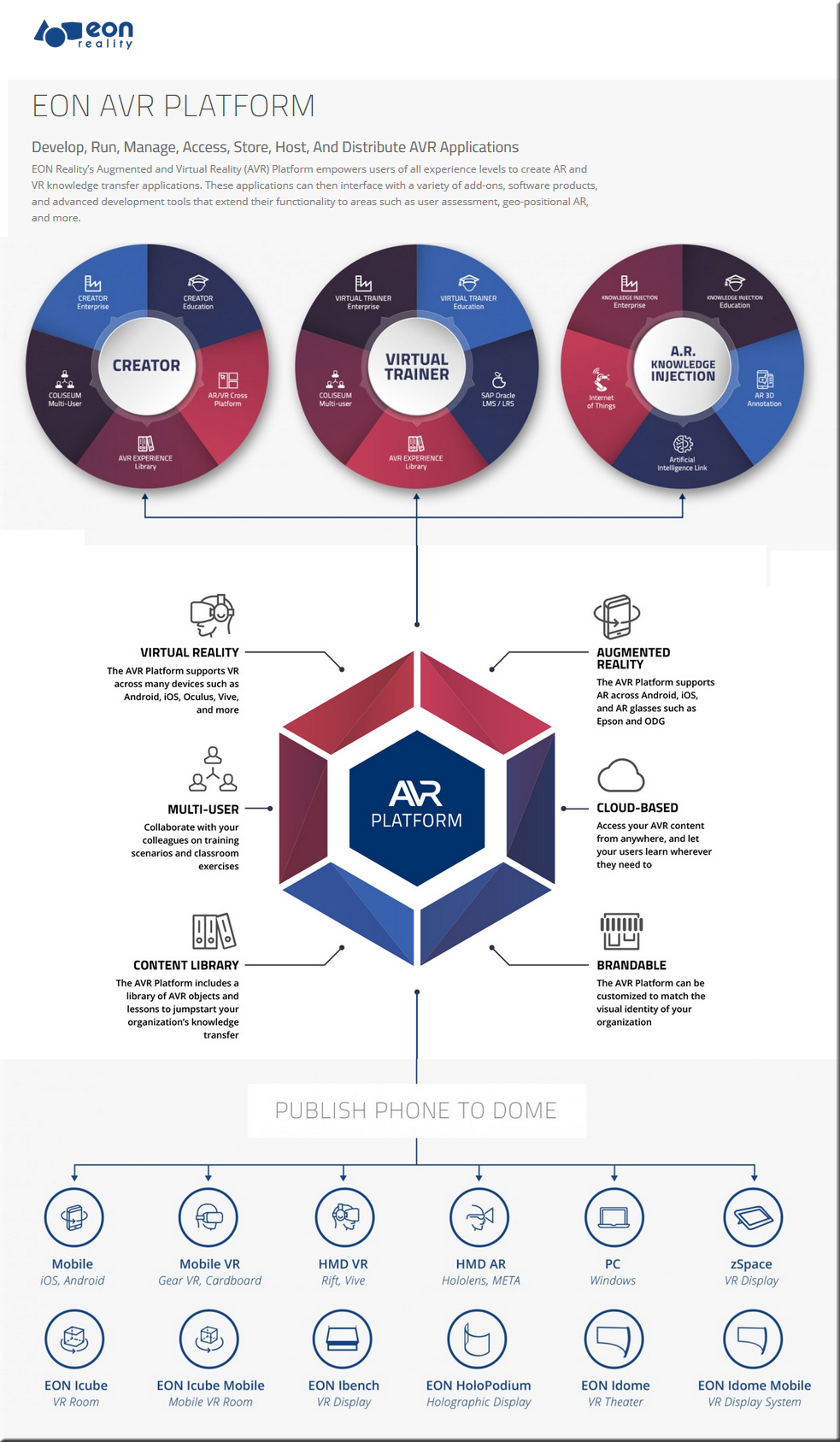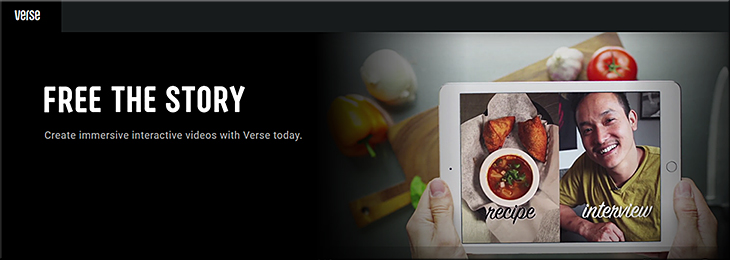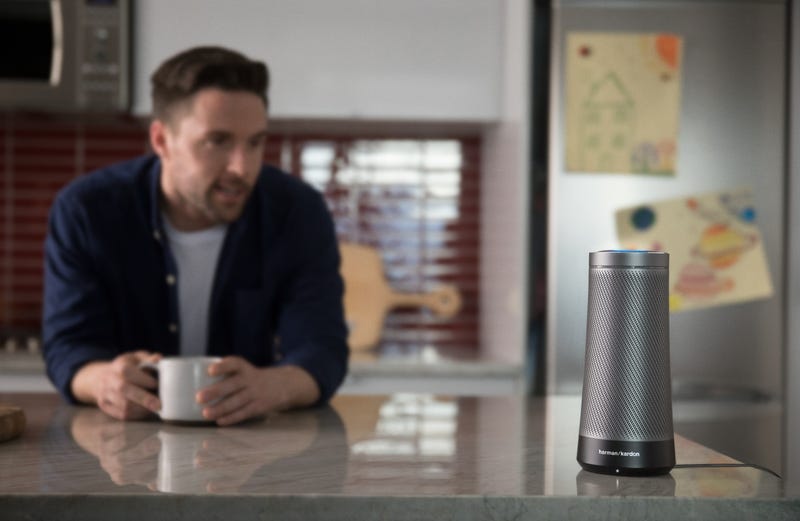Microsoft and Intel unite to bring blockchain to businesses with Coco Framework – from digitaltrends.com by Lulu Chang
Excerpt:
You still may not know what bitcoin is, but soon, you could be working with the technology that powers the cryptocurrency. Intel and Microsoft are working together to bring blockchain into the workplace, and it’s all contingent on a new framework they’re calling Coco. Heralded as a first-of-its-kind innovation, the goal is to jumpstart widespread adoption, particularly among businesses, of blockchain technology. After all, blockchain allows for secure and speedy transactions, which are key to many modern businesses.
As Microsoft noted in a news release, the Coco Framework is meant to reduce the complexity currently associated with blockchain protocol technology. As such, the company notes, the framework could pave the way for “more complex, real-world blockchain scenarios across industries — like financial services, supply chain and logistics, healthcare and retail — further proving blockchain’s potential to digitally transform business.”
Blockchain technology may seem a bit foreign to most, but Microsoft and Intel are hoping to bring it to businesses around the world.
The Platform Chronicles: 10 Questions with Phil Komarny, Chief Digital Officer at the Institute for Transformational Learning at UTx — from medium.com by Bruce Richardson
On the first blockchain app on Salesforce and the pursuit of lifelong learning
Excerpt (emphasis DSC):
Welcome to the The Platform Chronicles, a new publication designed to introduce readers to some of the most innovative partners that have developed applications on the Salesforce platform. This issue focuses on Phil Komarny and UTx’s plans to dramatically change Higher Ed.
Question #1
Phil, Can you tell us more about the University of Texas’ Institute for Transformational Learning and its relationship with Salesforce?
At the Institute for Transformational Learning we are charged with developing technologies that will power the delivery of educational experiences for our 215,000 students. Though this work we have created a platform that leverages a persistent profile of each of our learners. The platform, Totelic, also has the potential to integrate with each of our 14 campuses student information and learning management systems.
Thinking deeply about the learner’s lifelong journey, we also created a data model that places the learner at the center of the experience. Using Salesforce as our CRM we are afforded a 360-degree view of each learner. The data that resides in many siloed data stores on every campus today has now been wrapped around each learner to create a digital reflection of their abilities and goals.
A quick insert of a graphic from DSC:

…
Instead of replacing the ERP systems, we enhance them with our integrations so that each of our campuses has an innovation engine at their disposal. Creating new experiences for learners like modular certificates that stack toward a larger credential over time is now a reality for our campus partners.
(Editor’s note: Totelic was created by the UTX Institute for Transformational Learning, and is a “Learner Relationship Management” (LRM) system?—?that is basically a learning environment-agnostic dashboard that monitors a learner’s progress through any connected learning experience, e.g., a 3-credit course taught in Blackboard or a Salesforce Trailhead module. It normalizes the data stream and feeds a few algorithms that provide motivational guidance and track pace, progress and overall performance. It also has an integrated service model that leverages Salesforce communities to provide connection for everything from mentoring to events.)
…
Blockchains are being used for many things today. From crypto currency to tracking shipping containers and diamonds, the immutability, security and validity of this distributed data store create a new way to think through our current business process, policies and laws of any enterprise.
At a recent event at MIT, The Business of Blockchain, I was stunned to see each vertical represented with one omission?—?education.
After reading Phillip Schmidt’s Medium post about work they were doing at the MIT Media Lab that would effectively store any fellow’s digital credential to a blockchain, I envisioned how that approach might work for our platform.
While on a hike, I was pondering the application and the ChainScript was born. This application would be able to provide every learner in our system a way to own, manage and share a record of their academic accomplishments by storing their information on a blockchain.
To validate this approach we have created our proof of concept as private blockchain to allow us to focus on the different applications of the technology before we take the solutions to a different fabric.
Microsoft is working on its own commercial blockchain framework, expected to arrive in 2018 — from geekwire.com by Tom Krazit
Excerpt:
Starting next year, Microsoft plans to release an open-source framework that will allow businesses to implement blockchain technologies as part of their business processes.
The project, known as the Coco Framework, aims to help companies use blockchain ledger technologies to facilitate transactions between customers, suppliers, or anyone with whom they do business. Coco Framework will work with any ledger protocol and can run on any cloud provider’s services or on on-premises servers, Microsoft representatives said. The company plans to release more details on its approach later on Thursday.
Blockchain is the underlying technology behind the Bitcoin digital currency, but it has lots of other potential uses that have technologists and venture capitalists excited. It allows users to keep a record of transactions (or really anything that transpires between different entities) in a secure, decentralized “ledger.” Think of it like a database that isn’t tied to a server or public cloud, but rather a cascade of data points that work together to continuously update and verify a record of activity.
The Truth About Blockchain — from hbr.org by Marco Iansiti and Karim Lakhani
Excerpt:
The parallels between blockchain and TCP/IP are clear. Just as e-mail enabled bilateral messaging, bitcoin enables bilateral financial transactions. The development and maintenance of blockchain is open, distributed, and shared—just like TCP/IP’s. A team of volunteers around the world maintains the core software. And just like e-mail, bitcoin first caught on with an enthusiastic but relatively small community.
TCP/IP unlocked new economic value by dramatically lowering the cost of connections. Similarly, blockchain could dramatically reduce the cost of transactions. It has the potential to become the system of record for all transactions. If that happens, the economy will once again undergo a radical shift, as new, blockchain-based sources of influence and control emerge.*
* From DSC:
“What if…?” comes to mind here…
In a blockchain system, the ledger is replicated in a large number of identical databases, each hosted and maintained by an interested party. When changes are entered in one copy, all the other copies are simultaneously updated. So as transactions occur, records of the value and assets exchanged are permanently entered in all ledgers. There is no need for third-party intermediaries to verify or transfer ownership. If a stock transaction took place on a blockchain-based system, it would be settled within seconds, securely and verifiably. (The infamous hacks that have hit bitcoin exchanges exposed weaknesses not in the blockchain itself but in separate systems linked to parties using the blockchain.)
Microsoft Is Working to Make Blockchain Faster and More Popular — from finance.yahoo.com and Reuters
Excerpt:
Microsoft is working on technology that it believes can make blockchain-based systems faster and more private, as it looks to speed up use of the distributed database software by enterprises.
The company said on Thursday that it had developed a system called Coco Framework, which connects to different blockchain networks to solve some of the issues that have slowed down their adoption, including speed and privacy concerns.
Coco, whose names stands for Confidential Consortium, will be ready and made open source by 2018, Microsoft said.
It is currently compatible with Ethereum, one of the most popular types of blockchains and can make it roughly 100 times faster, Microsoft said.
Addendum on 8/17/17:
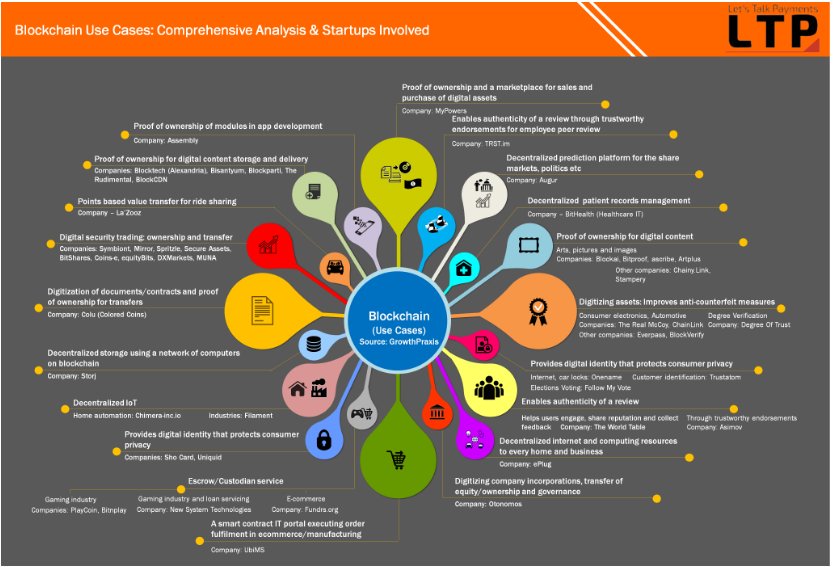










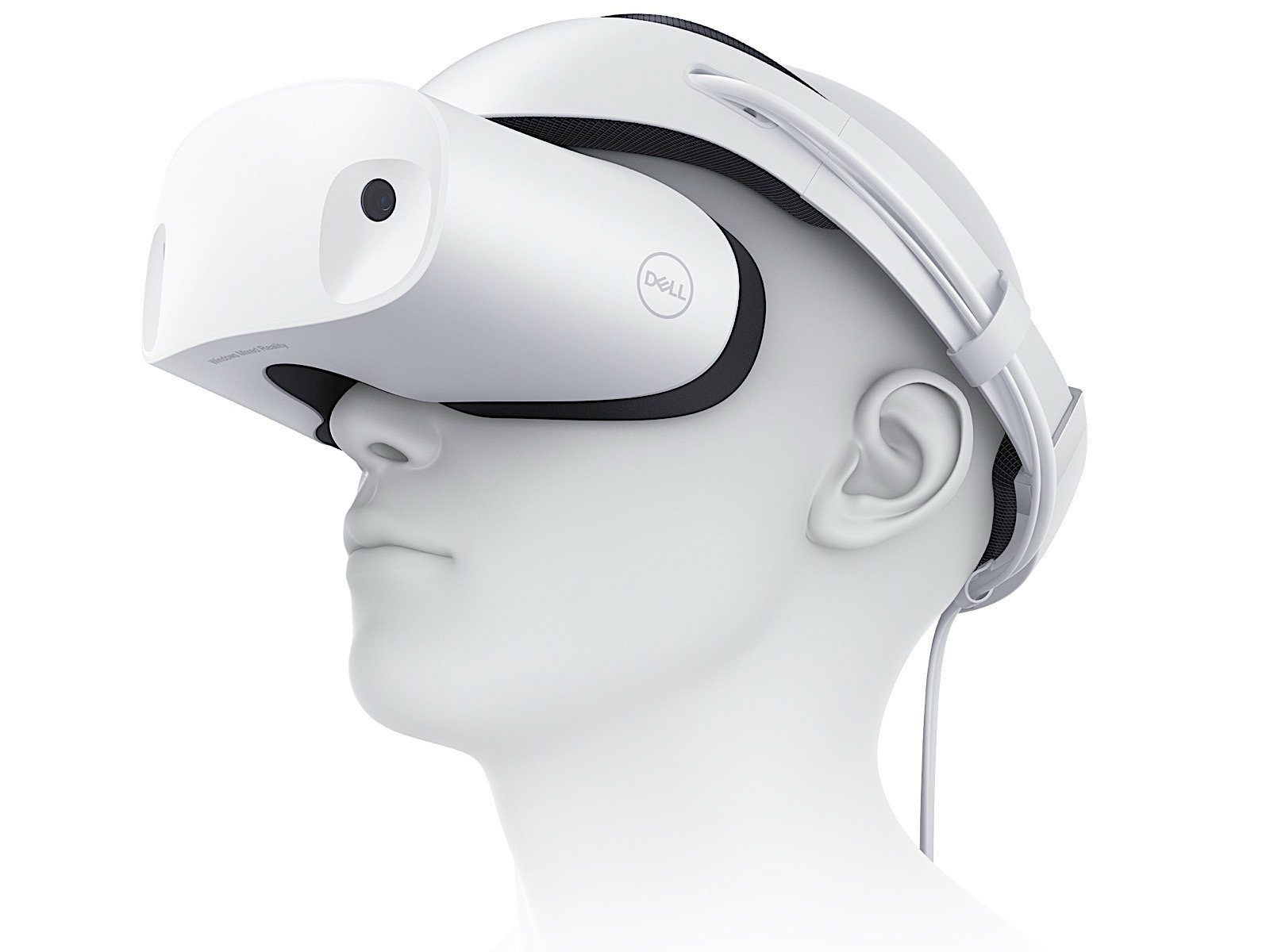




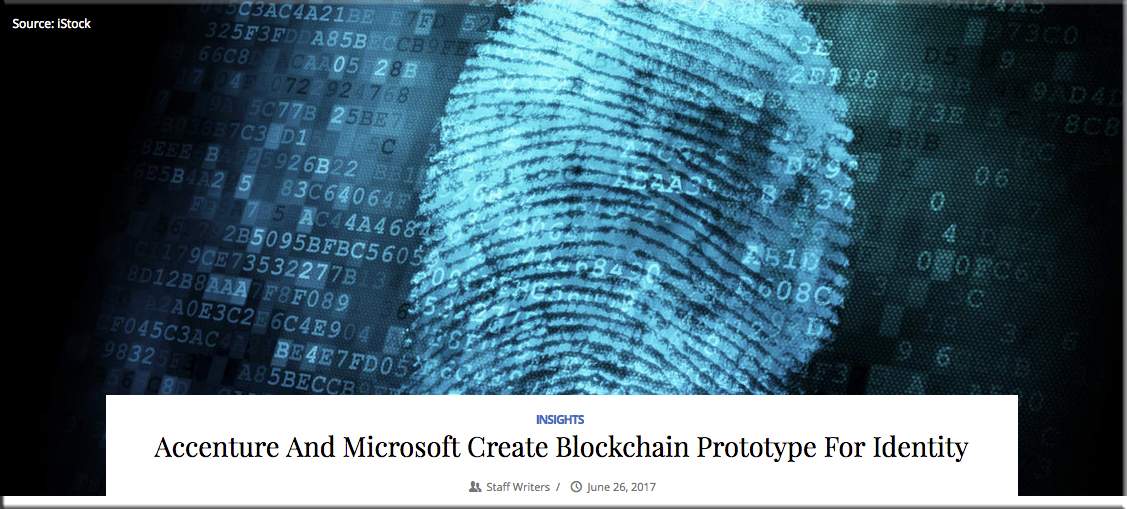
![The Living [Class] Room -- by Daniel Christian -- July 2012 -- a second device used in conjunction with a Smart/Connected TV](http://danielschristian.com/learning-ecosystems/wp-content/uploads/2012/07/The-Living-Class-Room-Daniel-S-Christian-July-2012.jpg)
